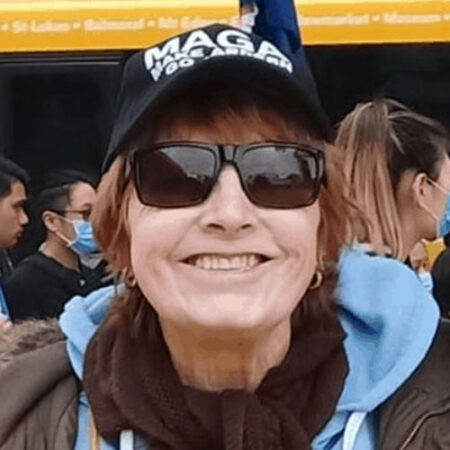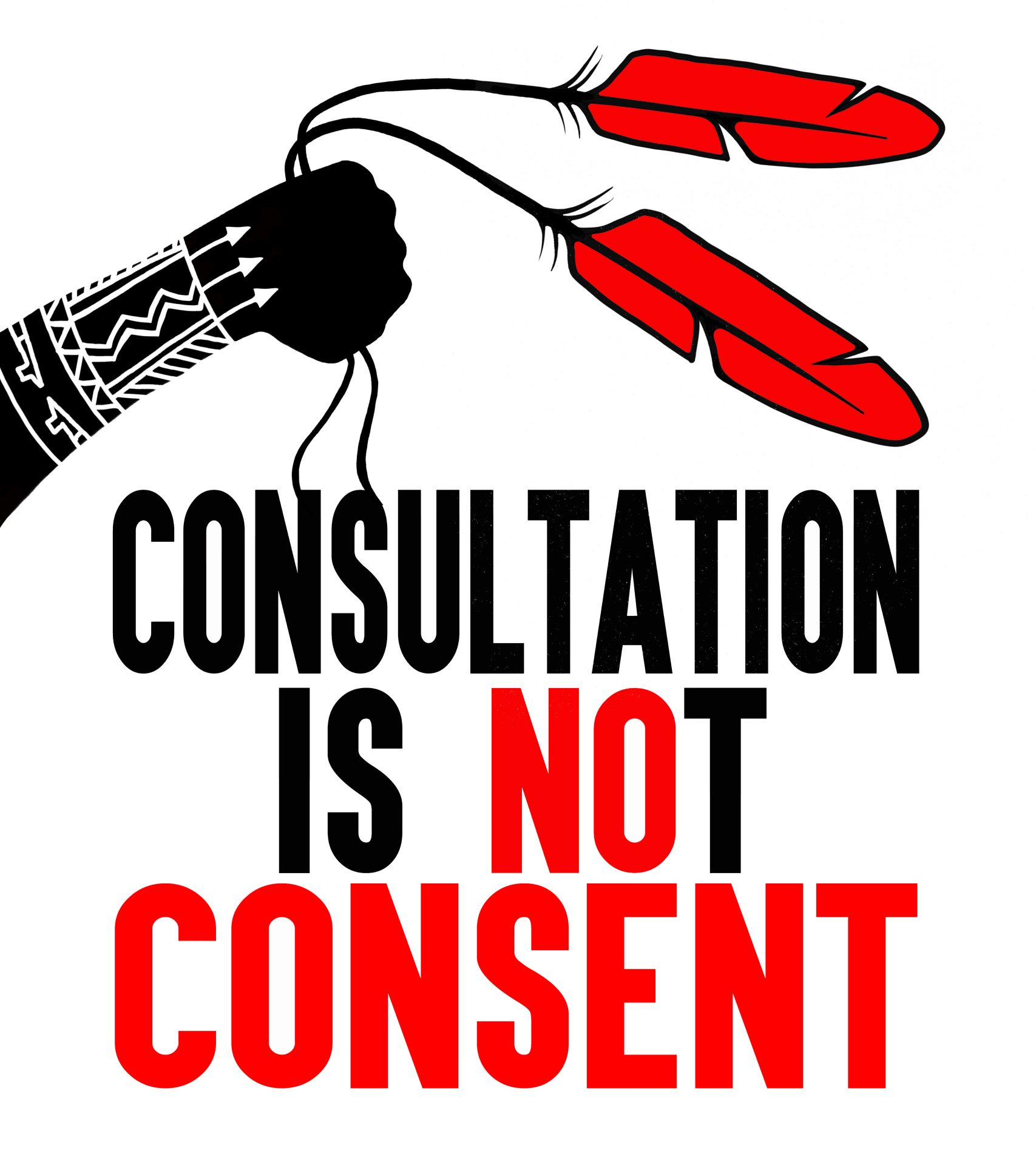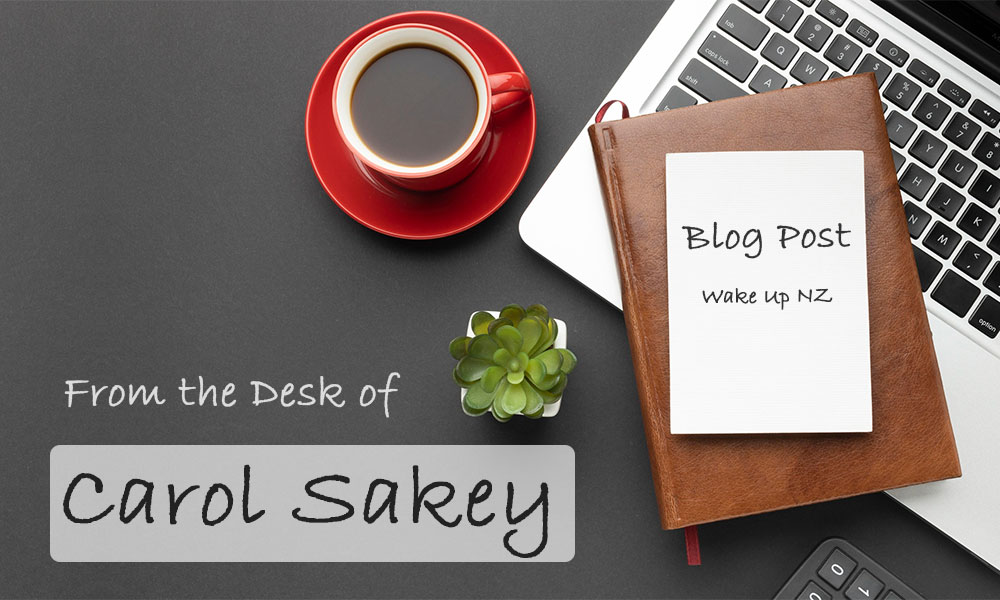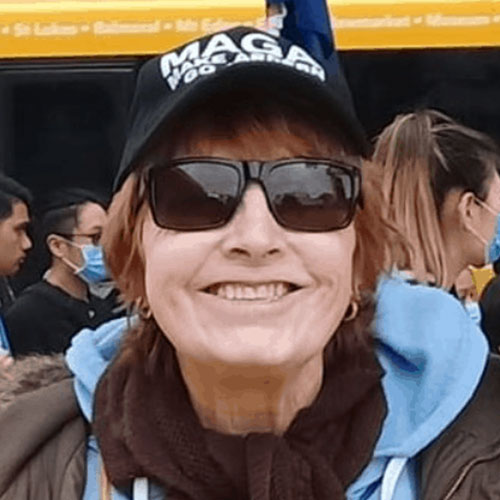The UN Declaration of Rights for Indigenous Peoples has been used widely in policies, globally, regionally worldwide. The UN Declaration was widely known as a ‘Declaration of Aspiration with no legal intent intended. It is non binding, majority UN Declarations are Non-binding. Non-Binding does not mean that a government whom agrees to an UN Declaration is not committed to it. The UN declaration can be used as a reference in the judicial system. When a UN Nation State agrees to sign a non-binding The UN Declaration it then sits in a place called ‘Soft Law’, this is a great advantageous to the Govt as this can be quickly, quietly be legislated, or used for reference in the judicial system at anytime without public interference, this is a place of non-transparency. This also applies to the agreed upon UNDRIP which John Key and Pita Sharples of the Māori Party secretly arranged to be signed, as Pita Sharples attended the UN in 2010 to sign the UNDRIP without public scrutiny in complete secretary. However it was a different story on 13th September 2007 when the UN first adopted the UNDRIP in the UN Assembly. It was who a Labour led Government at the time what rejected the UNDRIP. Rosemary Banks was the representative of NZ who explained to the UN Assembly why NZ was rejecting this UN Declaration. She announced that the UNDRIP a number of reasons why NZ would not agree with the UN Declaration they were included in four provisions of the UN Declaration. Australia, Canada, US and NZ rejected the UNDRIP in 2007
NZ’s reasons for rejection of the UN Declaration included there were four provisions in the declaration fundamentally incompatible with NZ’s Constitutional and legal arrangements. The Treaty Of Waitangi, the Principle of Governing for the good of ALL NZ Citizens (Art 26)..
Article 28 Lands & resources redress (compensation) Article’s 19 and 32 the right of Veto over the State
(Art 26) stated that Indigenous Peoples has a right to own, use, develop, control lands and territories that had been traditionally owned, occupies or used. For NZ this meant the entire country was potentially caught up in this scope of Artic 26.
Thus this required recognition of rights to land lawfully owned by other citizens. This article implies that Indigenous Peoples have rights that others do not have. (Art 28) again the entire country would fall within this scope on redress (compensation). The text of the UN Declaration did not take into consideration the fact that land might now be occupies or owned legitimately by others, or subject to numerous different, or overlapping indigenous claims. The UN Declaration implies that Indigenous Peoples have a right of Veto over a Democratic Legislature and over Natural Resource Management. The UNDRIP is incompatible with democratic processes, legislation and constitutional arrangements, and also implied different classes of citizenship, where Indigenous People have the right to veto over that of other groups or individuals. Other groups, individuals did not have the same rights. The Declaration does not reflect, recognize the general principles of NZ Law. The States that voted in favour of the UNDRIP viewed the UN Declaration as being an aspirational document, intended to inspire rather than have a legal effect. The term ‘Indigenous Peoples’ is now used majorly and in various ways worldwide. ‘Indigenous People and Agenda 2030 ‘, Indigenous Biodiversity, Better Indigenous Policies, The Constitutional Korero- Indigenous Futures Aotearoa, International Indigenous Council, NZ Human Rights Commission’s commitment to Indigenous Rights
In 2019 the NZ Govt and the National Iwi Chairs Forum plus the Human Rights Commission set about developing NZ’s National Action Plan to implement the UNDRIP in 2019. This was paused, postponed would be completed at another time. There is external international and internal oversight pressure for the govt to implement the UNDRIP in NZ. However the UN have highlighted concerns over the actions of NZ Parliament as in December 2022, it passed legislation to remove Wairarapa Moana Incorporations right to seek return of their lands, territories and resources. The UNDRIP has been referenced as being contravened as a constitutional agreement, naming Te Tiriti on Waitangi and the UNDRIP rights of Indigenous Peoples. As I have said, a Non-Binding UN Declaration referenced to that sits in the place of advantage ‘Soft Law’. As they highlight human rights breaches that are not included in higher law. Te Titiriti o Waitangi is the 1840 Maori Version of the Founding document of NZ. It never created Principles not a Partnership. It was Legislation and the Judicial that created these at a much later date in the 1980’s. The original Maori Treaty has been corrupted by the collaboration of the Iwi Elite and State Policies.
You may well ask ‘how did this terminology ‘Indigenous Peoples’ come about, where did it originate from? It certainly was not a term used in 1840 at the signing of the Maori Version of Te Tiriti o Waitangi. Its is said that ‘many groups’ whom identify as ‘Indigenous’ do not claim to be ‘First People’. Many who did claim to be ‘First People’ do not claim to be Indigenous Peoples. 1989 Indigenous identity evolved by a man named Moringe ole Parkipuny he was a Maasai Radical Activist, a former member of the Tanzanian Parliament. He travelled around the US and met up with the Navajo Nation in South West America, he was invited to stay with them for a short visit on their reservation. Parkipuny at this time introduced them to the term ‘Indigenous People’. He was very outspoken, propelling his radical activism. He also became linked with international circles of other tribal nations, Mexico and Canada etc., to sharpen their understanding of the term ‘Indigenous Peoples’. Parkipuny allied himself with International workgroups for ‘Indigenous Affairs’ this was established in Copenhagen.
He later visited Geneva, by this time the ‘Indigenous’ groundwork had been done and had started its journey of transformation and the racial flavour of the term ‘Indigenous Peoples’ had intensified. Thus serving as a partition distinguishing that of white settlers and non European owned lands. In the 1960’s- 1970’s Liberation movements were flourishing. In NZ the Polynesian Panthers worked with Nga Tamatoa to rally for Indigenous/Māori Rights. In the US it was Red Power, the American Indian Movement and the International Indian Treaty Council. All aspired, were promoting pushing the ‘de-colonization agenda, eventually ‘Indigenous Peoples’ become a term that became globalized. Parkipuny had successful remodeled the old Latin noun ‘Indigena’ which was originally formed by combining ‘Indu’ (meaning ‘in’ or ‘within’ with the verb gignere (meaning to ‘beget’). To Beget is to ‘bring a child into existence by the process of reproduction. Is also reference as to ‘procreate, generate (Offspring), to cause, produce as an effect. The definition is too difficult to describe
Therefore the UN has no official definition for ‘Indigenous Peoples’ they have left this up to other to self determine themselves as ‘Indigenous Peoples’. Through the conclusion of the UN ‘Indigenous Peoples’ became one Global Identity of various peoples. Today over ½ billion people have claimed they are ‘Indigenous Peoples’. Being ‘first’ does not necessarily make people ‘Indifenous People’ A handful of Gaelic Monks and back then, the Vikings were the first to arrive in Iceland, yet Icelanders are touted as ‘Indigenous Peoples’ by the UN. Scandinavians can trace most of their ancestry to Siberian Reindeer herders, yet Scandinavians are listed in the UN Indigenous Peoples World Book. There has been protest at the UN Assembly when a mixed race of Afrikaners and Khoi Pastoralists read a speech at a UN Forum about ‘Indigenous AFFAIRS’. Hundreds of delegates walked out in protest, as people had been identifies as Indigenous people, without their knowledge or consent. Much is to do with reimagining’s, re-story telling, the idyllic romanticism of history of a bygone era. Māori Scholar Evan Poata-Smith wrote about the pressure to adopt identities that are primordial, naturalistic and unchanging. If you fail to follow this path, you risk being looked at as inauthentic”. The ideology of establishing a one world identity of ‘Indigenous Peoples’ for a widely diverse array of peoples worldwide. Includes that of widely, aggressively promoting ‘decolonization as a social revolution.
One of an imprisonment of oppression and victimization. Globalized, regionalized, nationalized identity politics. Legislated to cause civil unrest in Nations States, which is a political globalized agenda. This hurts ALL people, it’s a Human Rights Tyranny. People in Australia, NZ and North America have even sent petitions to British Royalty, one of these was T W Ratana, who appealed to the League of Nations in 1923 and 1924. With no references to the term ‘Indigenous Peoples’. George Manuel was the President of the Canadian Indian Brotherhood, he also established the International Indigenous Peoples Council at the UN belonged to Activist networks he expanded and entrenched the term ‘Indigenous Peoples as an identity in 1971.
A Canadian delegation visited the South Pacific to learn about the place of the Māori in NZ, Manuel was part of the delegation that represented Canadian Indigenous Peoples. When in NZ Manuel was whished away from one exhibition to another, so he could experience the Māori entertainment. He also took the opportunity to invite Māori Politicians and a troupe of Māori entertainers to his hotel room for a somewhat serious chat about ‘Indigenous Peoples’. Manuel was fluent in the politics of Canada’s First Nations. He was interviewed by a Yukon newspaper called The Whitehorse Daily, he spoke about ‘Indigenous Peoples’ saying “We want to maintain our special status, our special rights as the original inhabitants. Indigenous Peoples fighting a White Commonwealth Nation for Land. A worldwide movement for cultural autonomy and the rights of native people, aboriginal rights. From NZ Manuel travelled to Australia, he talked with an assembly of Aboriginal students and told them to be ‘proud you are dark” and “maybe we have a reason to be prouder than the white man.” October 1975 Manuels dream materialized, the stage had been set as delegates from 19 countries founded the World Council of Indigenous Peoples. Manuel was elected President. In the lead up to the conference, attendees decided no to call themselves ‘Aboriginal people and instead named themselves ‘Indigenous Peoples’
The World Council and the UN Working Group of Indigenous Population was founded in 1982, and had regular meetings with the promise of drafting an International law. In the UN 2021 report on the ‘State of the Worlds Indigenous Peoples’ referred to the status of Indigenous Peoples remains a subject of contention. When Parkipuny the original Tanzanian voice for ‘Indigenous Peoples, appeared in Geneva the Maasai wore emblems of a primitive Africa. With spears, shields, stretched earlobes, they adorned postcards, doco’s and travelogues, books, magazines on coffee tables. Pictures of men in ostrich feathers, feathered headdresses and beaded necklaces that was after the photographers, journalists relieved them of their very expensive sunglasses and watches. Parkipuny promoted tribalism, neighboring countries like Kenya feared that this ethnic mobilization would invite insurgent violence and economic instability.
It was also said that the Masai exploited ‘Indigenous’ identity to exploit, funnel money and attention towards themselves. Politics built around the term ‘Indigenous Peoples’ is said to weaken domestic ties. A Hindu Rights Propaganda Website in 2020, a columnist observed “In the game of WOKE, we Hindu’s actually hold all possible cards. We are people of colour. We come from Indigenous culture that is different from the organized religions.. ”HOW CAN WE NOT BE WINNING EVERY ARGUMENT?
The United Nations and the International Labour Organization have embraced the term ‘Indigenous Peoples. But this term ‘Indigenous can also trap communities its suppose to liberate” into a globalist Eco-incarnation. Used for the Globalist Agenda as the term ‘Indigenous Peoples’ is being used to expand and promote the UN One World Globalist Agenda. NGO’s, politicians, academics, environmental activists, the UN/ WEF, and all their cohorts that collaborate with them globally, regionally and nationally. Namely Indigenous Sovereignty Mirrors. Two classes of citizenship in one nation, civil unrest the hastening the journey to destroy nation states whom are reported to be the enemy of globalization
As the professors, academics in Harvard refer to Indifenous World Building. Indigenous lands to transform Food Sovereignty worldwide. As the Food and Agriculture Organization a UN Agency has an Alliance of Biodiversity Internal -Indigenous Food Systems. Insights on Sustainability UN Agenda 2030 Global Development Goals, to leave no-one behind, everyone, everywhere at every age. The Indigenous Iwi Elite voice they are speaking for ‘Our People’. Who are ‘Our People. That they call ‘Our People’ Do they have consent from those that are namely ‘Our People’ to be identified as ‘Indigenous Peoples’? I think not. I am of the opinion this is about Self Interests of the Iwi Elite.. that are conforming and collaborating with the UN/WEF Agenda’s and their puppets in Parliament, and Local Government.
RESEARCHER: Carol Sakey
https://press.un.org/en/2007/ga10612.doc.htmavajo
...





